Firewood: Six Tips For Better Burning
If you’re new to wood heat, you might be tempted to just grab the nearest block of wood, throw it in the fire, and call it good for the day. But those of us who have lived season after season by the light of the fire know the most important aspect of wood heat: Firewood. Here are six tips to help you get the most out of your firewood and keep that fire burning bright and hot all winter long.
Use Dry Wood
Wood should be dry, plain and simple. Burning damp or green wood will result in lower fire temperatures, and if the temperature is below 250 degrees, gases released from the wood will liquefy on contact with the cooler sides of the chimney. The liquid will harden, and create creosote on the inside of your chimney. Creosote is your enemy: It’s foul, corrosive, and creates a serious fire hazard for home owners if left unchecked.
Properly seasoned firewood will go a long ways in reducing creosote. In general, 25% or less for moisture content is a good goal to aim for with your firewood. You can determine the dryness of your wood by checking the end grain for cracks, smacking the wood against another block of wood and listening for a “hollow” sound, or you can purchase a moisture meter. Many wood heat users find that allowing a year for firewood to become seasoned produces the best results, and while it requires patience and planning to gather firewood a year ahead of time, the result is often worth it.
You won’t be able to completely eliminate moisture from wood, but by reducing it, you’ll greatly improve your burn times and the health of your stove.
Store Your Firewood Properly
The best way to make sure your firewood becomes properly seasoned is to make sure it’s properly stored. After gathering the wood keep it stacked and sheltered, preferably outside, or in an area where air can move through it to aid in the drying process. You can throw a tarp over your stack to prevent snow from accumulating, but when there’s no precipitation it’s best to leave the stack uncovered.
Leaving your wood stacked in rounds will only add to the time it takes for moisture to leave the wood. This may not be an issue if you gather your wood an entire season before you intend to use it (allowing it ample time to dry out), but splitting your wood into blocks can greatly expedite the process. Also, try to elevate the bottom row of wood a few inches off the ground to prevent ground moisture from leaching into it.
Purchasing Firewood vs. Cutting Your Own
How you acquire firewood is an important decision. Do you buy it from a local dealer, or purchase a permit and gather it yourself? The obvious benefit of purchasing it is that it greatly simplifies the process- gathering firewood can be an intense, physical task requiring many tools and a bit of forestry knowledge . However, many people enjoy doing so for the feeling of self-sufficiency and quality control, and find the physical challenge of felling and bucking trees to be rewarding in itself. Plus, once you get the hang of it, gathering your own firewood can be significantly cheaper.
If you choose to purchase your firewood, you’ll find that it is typically sold in “cords”: A stack measuring four feet high by four feet wide by eight feet long (4’ x 4’ x 8’). You won’t find many dealers selling firewood in 4’ pieces as a typical piece of firewood for woodstoves will measure about 16 inches, but the cord is the general rule of thumb and any volume of firewood for sale should relate to it. Try to avoid purchasing any firewood sold in volumes other than a cord, as the amount in a truckload or trailer load can be deceptive. Most importantly, *always* inspect the wood before buying it to make sure it is seasoned properly. Features like length, split, and cleanliness all add labor costs, so the price of available cords will vary.
If you would rather gather your own firewood, there are a number of things to consider. First and foremost, you will need to know the basics of operating a chainsaw and felling trees. Neither task should be taken lightly; each year tens of thousands of people are injured by improperly using a chainsaw and failing to understand correct felling methods. These issues can be easily avoided with a little bit of training and proper safety gear, so please educate yourself before going into the woods.
When collecting firewood from public land, you may need to purchase a permit from your local public land management organization (Department of Forestry or Natural Resources for state land, Forest Service for federal land). Permits will have their own set of rules unique to the forest you’re on, so please read it over carefully. Avoid cutting live trees and look for “snags” (dead trees), as these will have low moisture content and season faster. Before cutting, check the tree for signs of tree rot or wildlife habitat (cutting trees that offer shelter for wildlife, i.e. birds and small mammals, is harmful to a forest’s ecosystem). If you’re lucky, you might be able to gather the majority of your firewood from trees that have already fallen, but chances are you’ll need to knock down some standing trees to get the best wood.
Know Your Trees
The kinds of firewood available to you will vary based on where you live, but some wood is more efficient than others. First and foremost, wood can be divided into two classifications: Hardwood and softwood. Hardwoods are typically characterized by their broad leaves, and softwoods by the presence of cones. These characteristics have more to do with the label of “hard” or “soft” than the actual hardness of the wood, which varies greatly in each category. Hardwoods tend to be more expensive if you’re purchasing your firewood, but they are dense, and quality hardwood will give you great burn times. However, because of their density, hardwoods also take much longer to dry out and ignite. Softwoods will burn hot and fast, but with less density, and produce shorter burn times.
Keep in mind that none of this necessarily indicates one class is superior to the other; your preference will depend on what type of fire you’re trying to keep, as well as how abundant certain types of wood are in your area. When it comes to using hardwoods for fuel, the most popular species are oak, hard maple, and birch. For softwood, many people choose to use lodgepole, doug fir, cedar, and larch.
Splitting Wood
Unless you purchase your firewood pre-split you’ll be doing it yourself, and using the proper physical technique will save you not only time, but a lot of back pain as well. Always place your round on top of a short chopping block- this will provide resistance, unlike the ground, which will absorb the force of your swing. Use a splitting maul, not an ax; a maul’s wedge shape is less prone to getting stuck in the wood than the thin head of an ax. Keep in mind that heavier is not necessarily better when it comes to the maul, too. Speed and sharpness are much more important for splitting a round than mass, so look for maul that’s around six pounds or so. Look for cracks in the round and aim for one to make the split easier, but also keep an eye out for large knots that could slow the velocity of your follow through.
There are several different methods for swinging a maul, from lifting it overhead to going more over the shoulder. Which one you should use depends mostly on your body type and strength, so experiment until you find a method that feels comfortable and powerful to you. When you set up your swing, do *not* aim for the center of the round. Instead, bring your maul down at an angle near the edge of the round, where it tends to be weaker. Focus on your follow through and don’t let up your speed upon connecting with the wood, otherwise you risk bouncing off the round and potentially damaging your maul.
Don’t Over Fill Your Firebox
Fire needs three things: Fuel, heat, and oxygen. If you pack your firebox as full as possible, you will deprive your fire of much needed oxygen and waste a lot of time just trying to maintain a flame. Stack your wood in layers to about two-thirds the height of the firebox, crisscrossed, with a few pieces of kindling at the bottom. Using newspaper to light the kindling is a common route, though using paraffin wax fire starters are a fast, clean alternative. For an example, here’s how to load the firebox of an Esse Ironheart.
Wood heat is not always as simple as it sounds, but if you keep in mind the above basics of firewood use, you can be sure that you’re on the right track to getting the most out of your stove.


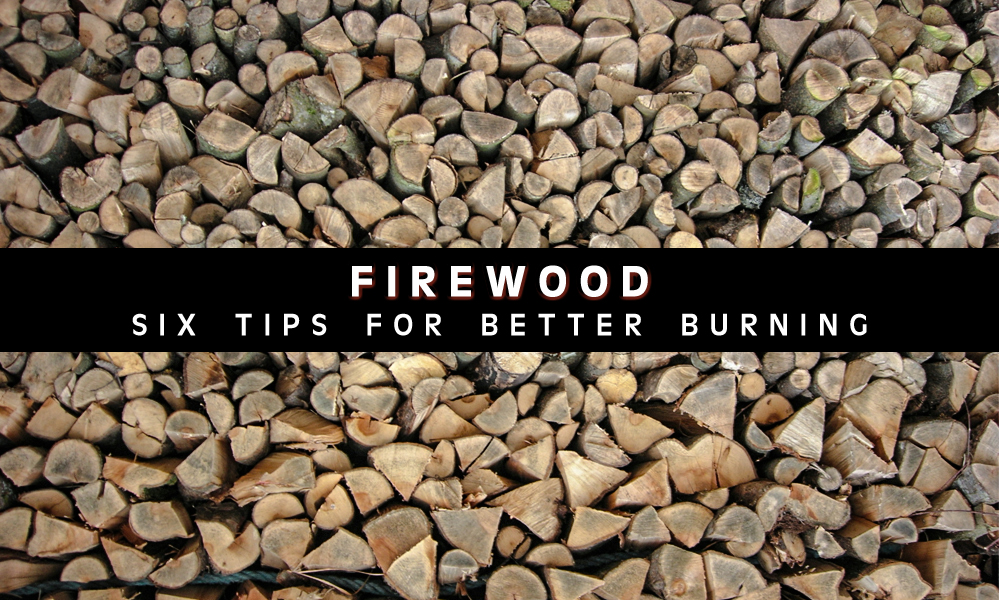
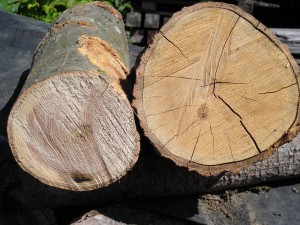
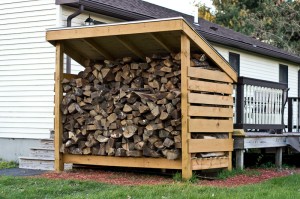
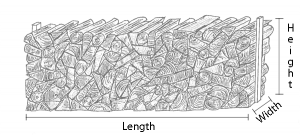
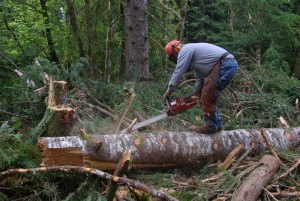
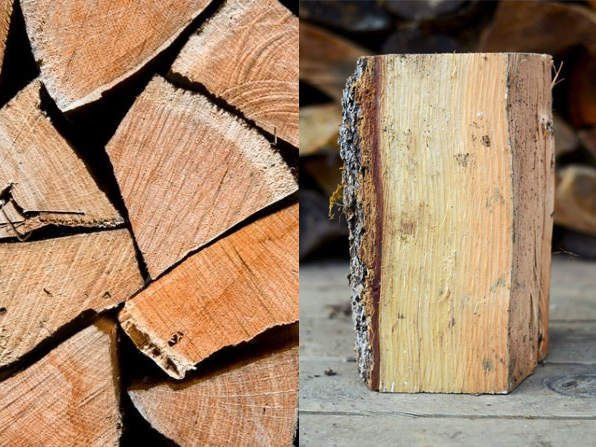


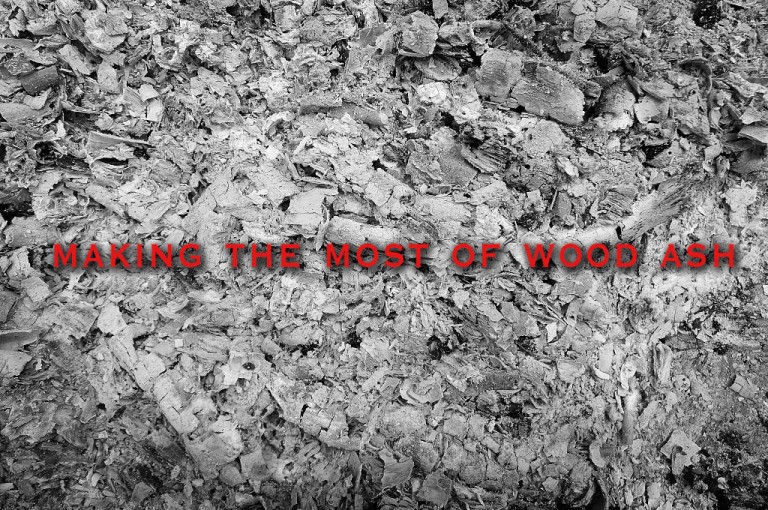
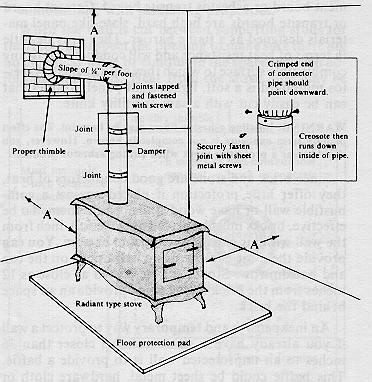
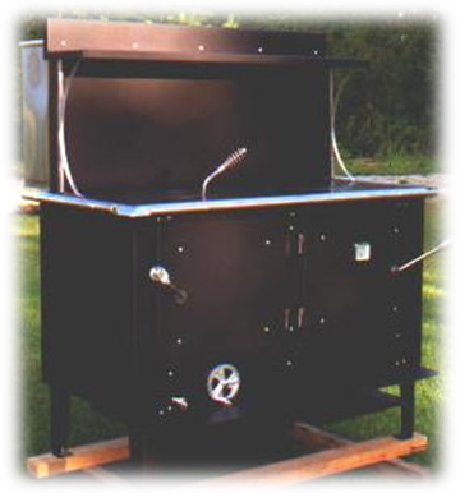

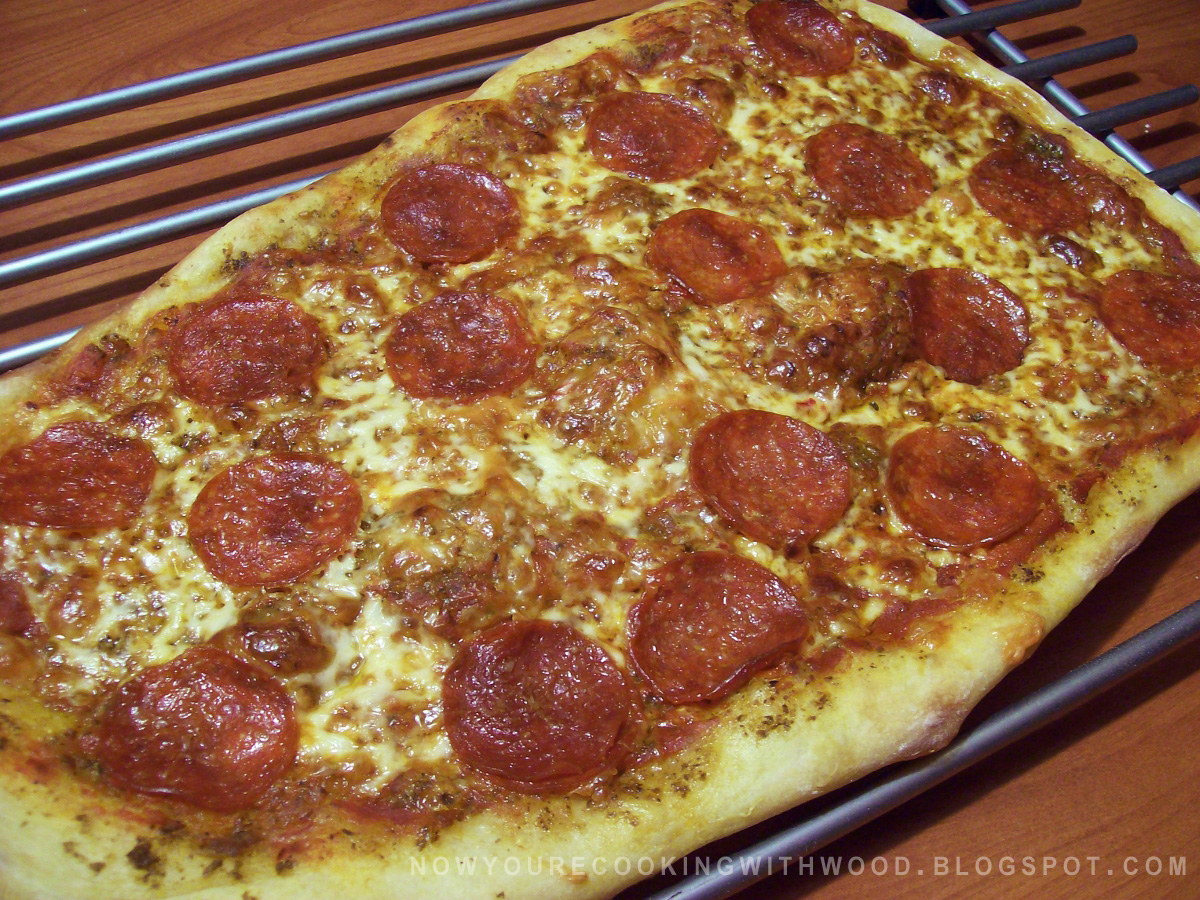
good read
I am new to your site and I like it a lot. The article on firewood is almost perfect from a technical point of view from my experience, except one point: crisscrossing wood when loading the fire box. I would agree that this is the correct strategy when lighting the fire but not for operation after well heated. I find that one should maximize contact of the wood surfaces. I believe that the principle that Benjamin Frankin demonstrated: when two candle flames are brought together it produces the light of 3, applies here.